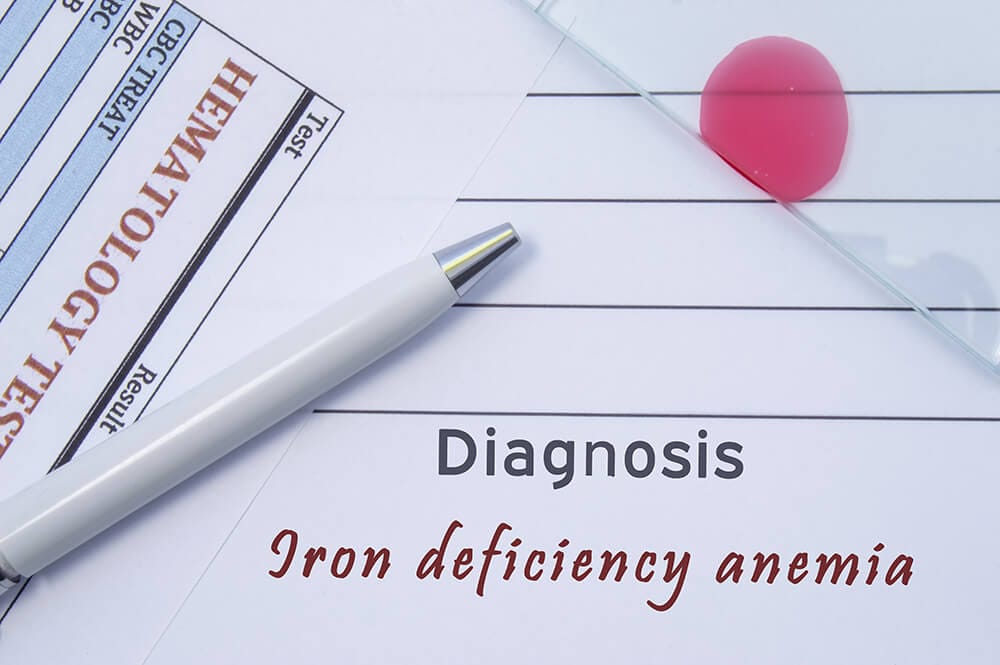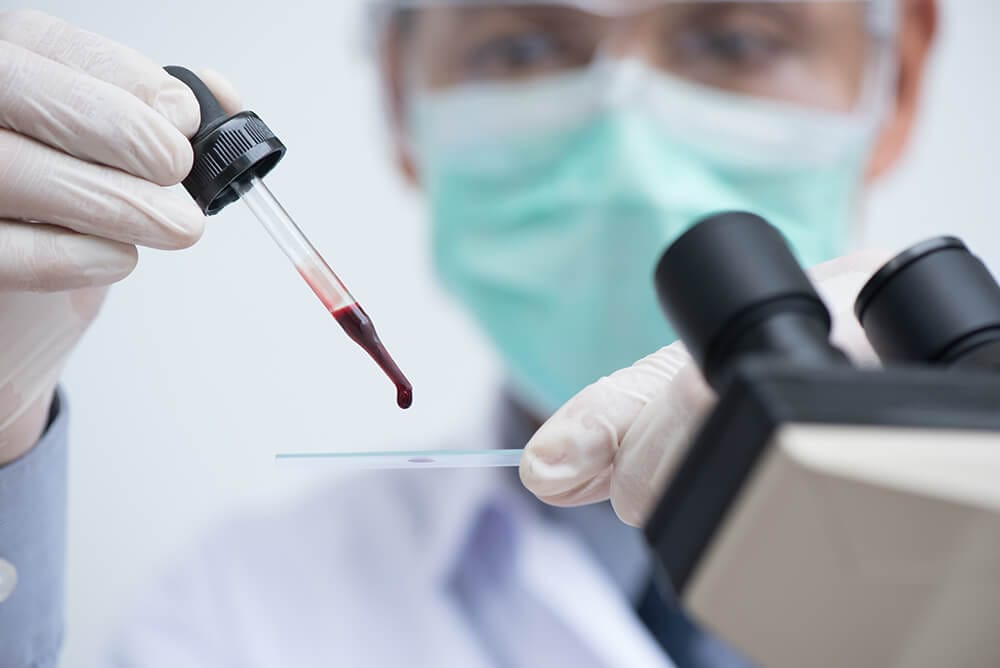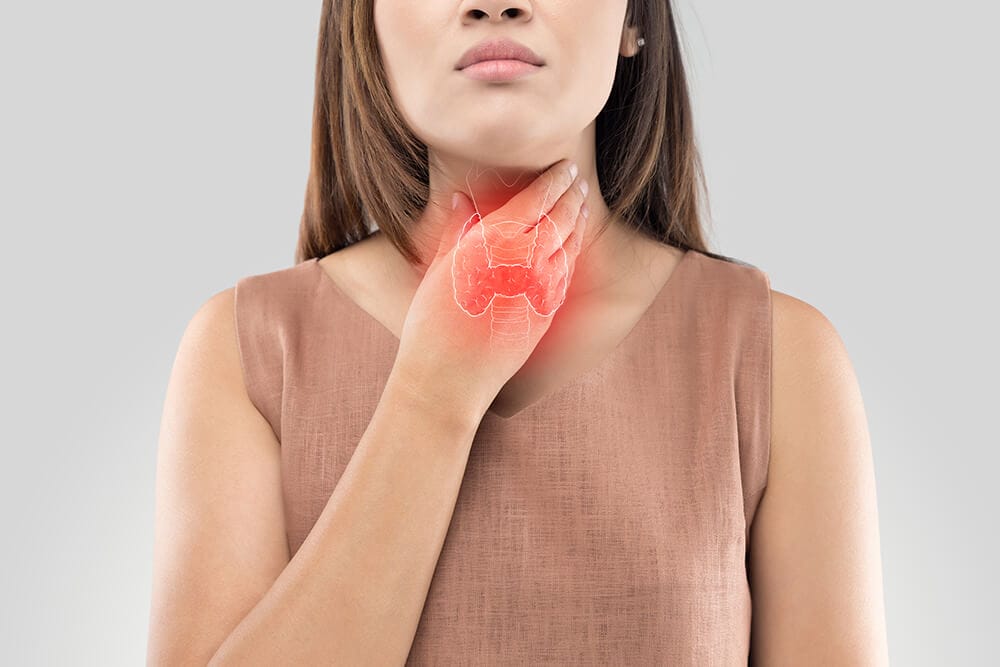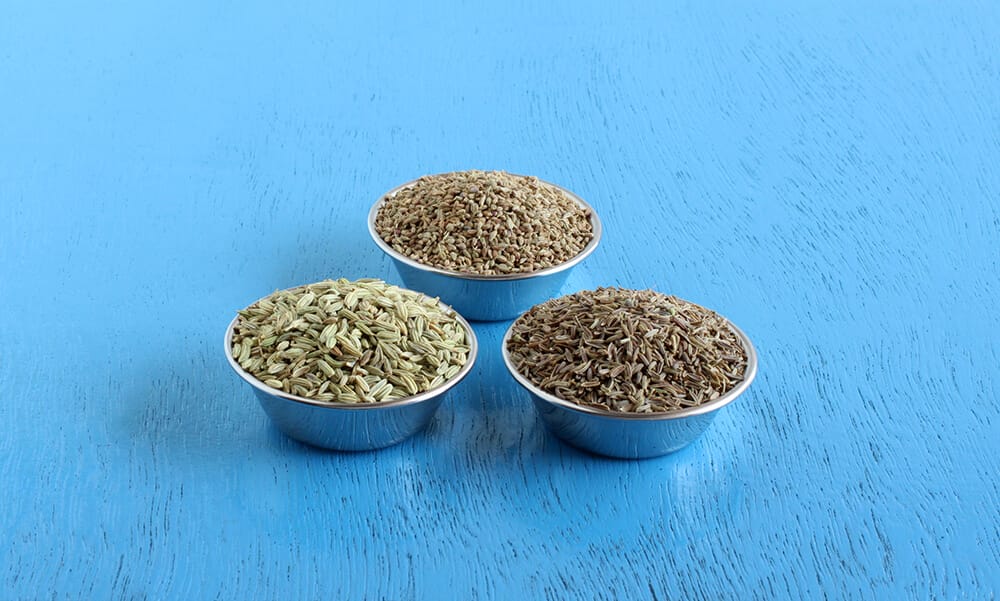
Iron Deficiency Anemia Symptoms, Causes & Treatment
Overview of iron deficiency anemia
Blood is essential for life. Tagged to be the essence of life, blood performs many vital functions, like helping in respiration and in transportation of nutrients and chemicals, and keeping the immune system active, etc. As blood flows to every inch of the body, its functions are performed within seconds.
The health of the blood relies mainly on iron, as the key component of blood, AKA hemoglobin, is composed of iron. Iron deficiency often leads to iron deficiency anemia and it can be related to other nutritional deficiencies or genetic anomalies. Various medical conditions can also affect iron levels.
Symptoms of iron deficiency anemia
The clinical definition of iron deficiency anemia states that the blood has insufficient iron, which leads to a condition known as anemia. Anemia is a condition that causes the body to not have enough red blood cells that affect the oxygen-carrying functionality of the blood. Iron deficiency anemia is considered to be the most common type of anemia and often gets corrected by including iron in the diet.
But, people often do not know that they are suffering from iron deficiency anemia because the symptoms are not so severe. Some of these can also be accounted for by not getting proper rest or not taking proper self-care.
The iron deficiency anemia symptoms are:
-
- Weakness
- Feeling tired all the time
- Having pale skin
- Having difficulty in breathing
- Hands and feet often feel cold
- Shivering, even when it is not too cold
- Headaches
- Affinity towards eating junk or unhealthy food
- Dizziness
- Frequently having chest pains
- Heart rate is often rapid and irregular
- Brittle nails and hair
- No proper appetite
Many of these symptoms occur because of getting PMS or suffering from obesity. Seasonal changes and stress can also cause most of these symptoms. Hence, people suffering from iron deficiency anemia often do not get a specific diagnosis for a long time.
Causes of iron deficiency anemia
Red blood cells are made up of hemoglobin. It is a protein that is rich in iron. Red blood cells are responsible for ensuring that the gaseous exchange within the body occurs without any difficulty. The blood carries oxygen from the lungs and takes them to the cells of the body for respiration. The carbon dioxide that is generated as a waste product is again carried to the lungs by the blood.
This activity is possible due to the iron component or heme part of the RBC. If the iron part of the blood is defective, it affects the oxygen-carrying capacity of the blood. This leads to the person feeling tired and out of breath, as the cells of the body do not receive enough oxygen. Iron deficiency anemia can be due to the following causes:
-
- Excessive blood loss – when people undergo excessive blood loss, they also lose a portion of the iron present in the blood. This leads to iron deficiency anemia. But, it is a temporary condition and proper treatment can help, provided the person is not suffering from any genetic disorders, like hemophilia.
- Low iron diet – people who do not have an adequate amount of iron in their diet are at a higher risk of suffering from iron deficiency anemia. This also includes those having malnutrition.
- Poor iron absorption – the small intestine is responsible for absorbing iron from food. If the intestine is injured or diseased, it affects the organ’s iron absorption capacity. This again leads to the person suffering from iron deficiency anemia.
- Pregnancy – when a woman becomes pregnant, she has to care for the fetus. The body is prepared in such a way that the growing fetus is also provided with the iron requirement from the mother’s blood. Pregnant women who are not on any iron supplements also have their bodies use up the iron in the blood for other functions.
Why is iron deficiency anemia more common in women?
Women have the menstrual cycle to thank for always being anemic. Iron deficiency anemia is most common in women because of the monthly blood loss. During pregnancy, a woman becomes even more anemic.
The menstrual cycle usually lasts for 4 to 5 days, and for some, it can even last for a whole week. Women having heavy menstrual flow are twice as much at risk of becoming anemic. A condition called uterine fibroids can also cause heavy bleeding. This too leads to iron deficiency anemia being more common in women than in men.
Diagnosis of iron deficiency anemia
Iron deficiency anemia is primarily due to the iron content of the blood being low. As mentioned above, most of the symptoms of iron deficiency anemia are also seen in other health issues. And, most of these symptoms are very general in terms of being common for all types of anemia. Getting the correct diagnosis is essential for receiving the correct treatment.
The first test ordered for people suspected to be suffering from iron deficiency anemia is the CBC or complete blood count. CBC measures all the components of the blood, including:
-
- Red Blood Cells (RBCs)
- White Blood Cells (WBC)
- Hemoglobin
- Hematocrit
- Platelets
Out of these, the hemoglobin test and the hematocrit test results are the most vital ones when looking for iron deficiency anemia. The normal range for both are:
| Normal for Men | Normal for Women | |
| Hematocrit | 38.8 to 50 percent | 34.9 to 44.5 percent |
| Hemoglobin | 13.5 to 17.5 grams per deciliter | 12.0 to 15.5 grams per deciliter |
When the results for both these are lower than the normal, it indicates that the person has iron deficiency anemia. While the CBC is enough to help determine the occurrence of iron deficiency anemia, a doctor can also prescribe ferritin and transferrin tests.
Treatment of iron deficiency anemia
Iron deficiency anemia is treatable with the right medication and diet change. Often supplements are suggested that can help with increasing the iron content of the blood. These supplements are rich in vitamin B complex that have folic acid.
Additionally, making changes in the diet by including foods rich in iron is advised. These foods include:
-
- Green leafy vegetables like spinach
- Seafood like sardines and anchovies
- Beans
- Red meat and liver of red meat, especially beef, and mutton
- Cereals that are rich in iron
- Nuts
- Dried fruits
Vitamin C is known to be an enhancer for iron absorption in the body. Including foods rich in vitamin C in the diet can help with better intestinal absorption of iron.
In case the iron supplement treatment does not work, additional tests are required to estimate if the iron deficiency anemia is actually a symptom of another health condition. Depending on the result, treatments such as blood transfusions or intravenous iron injections are prescribed.
Risk factors of iron deficiency anemia
The primary cause of anemia is having less blood. This leads to experiencing conditions like breathlessness or headaches. Iron deficiency anemia is common and can affect anyone, irrespective of age and gender. But, certain people are more at risk of suffering from iron deficiency anemia.
These are:
-
- People who are vegans or vegetarians
- Women
- Malnourished children
- People who donate blood frequently
- Premature babies
Complications of iron deficiency anemia
Iron deficiency anemia does pose a certain threat to a person’s well-being. People who are suffering from iron deficiency anemia can also experience other health conditions. This makes adopting a single line of treatment without proper tests a difficult task.
Iron deficiency anemia, though not deadly, can lead to serious health complications like:
-
- Heart problems
- Stunted growth in children
- Pregnancy complications, especially in delivering a healthy baby
Prevention of iron deficiency anemia
Treatments aside, the main reason behind iron deficiency anemia in a person not having any underlying or genetic disorders is not eating proper food on time. Addressing these issues and making slight changes in the lifestyle can help prevent the onset of iron deficiency anemia.
Conclusion
In most cases, iron deficiency anemia is treatable, and, with proper care, people can resume daily activity in no time. While iron deficiency anemia is the most common type of anemia, detection is still difficult when a person relies only on the symptoms. Those with a family history of anemia or those at risk of contracting genetic disorders that cause iron deficiency anemia should get tested on a regular basis.
While the condition itself is not fatal enough to cause immediate death, iron deficiency anemia can also be a symptom. Proper and timely treatment is required.
FAQs
What are some examples of vitamin C-rich food?
Citruses like lemons and oranges are a great source of vitamin C. Other than these, cauliflower, tomatoes, bell peppers, pineapples, and even guavas are great sources of vitamin C.
Can vitamin C affect celiac disease?
Celiac disease is a genetic condition that affects the absorption capability of iron in the small intestine. Vitamin C is proven to help the small intestine function better and aid in better iron absorption.
What is the purpose of the hematocrit test?
The hematocrit test checks for the proportions of red blood cells that are present in a person’s blood. It is usually expressed as a percentage. Both high and low percentages are considered to be indicative of health conditions.















